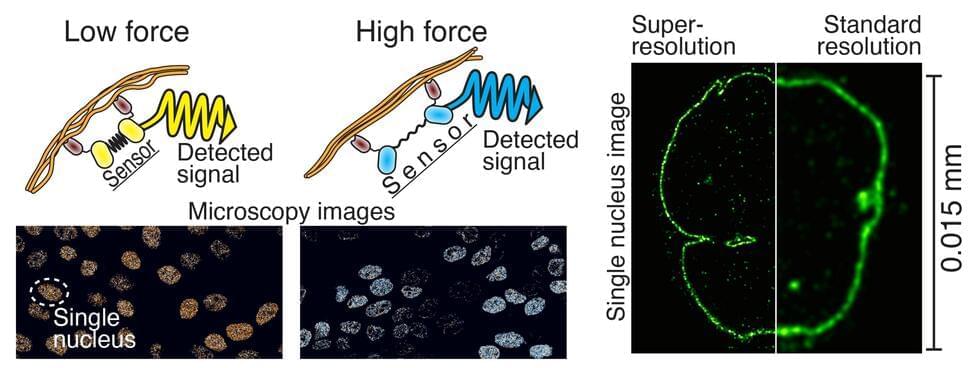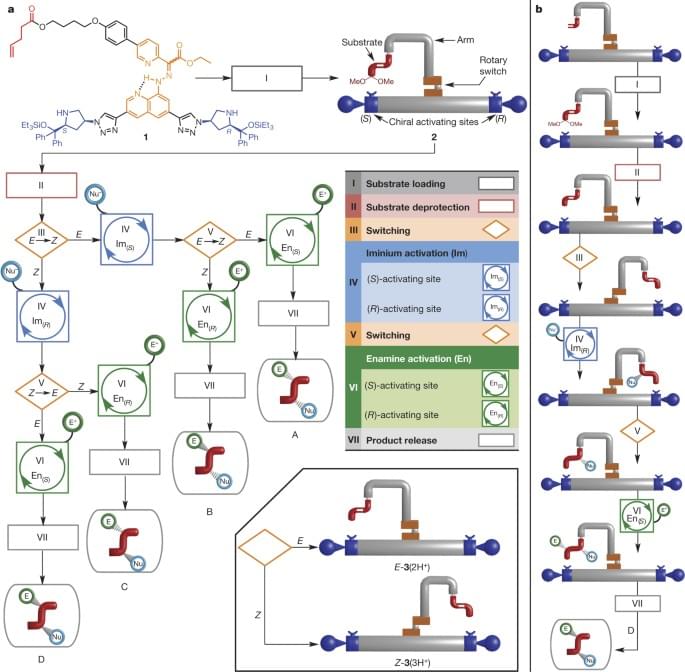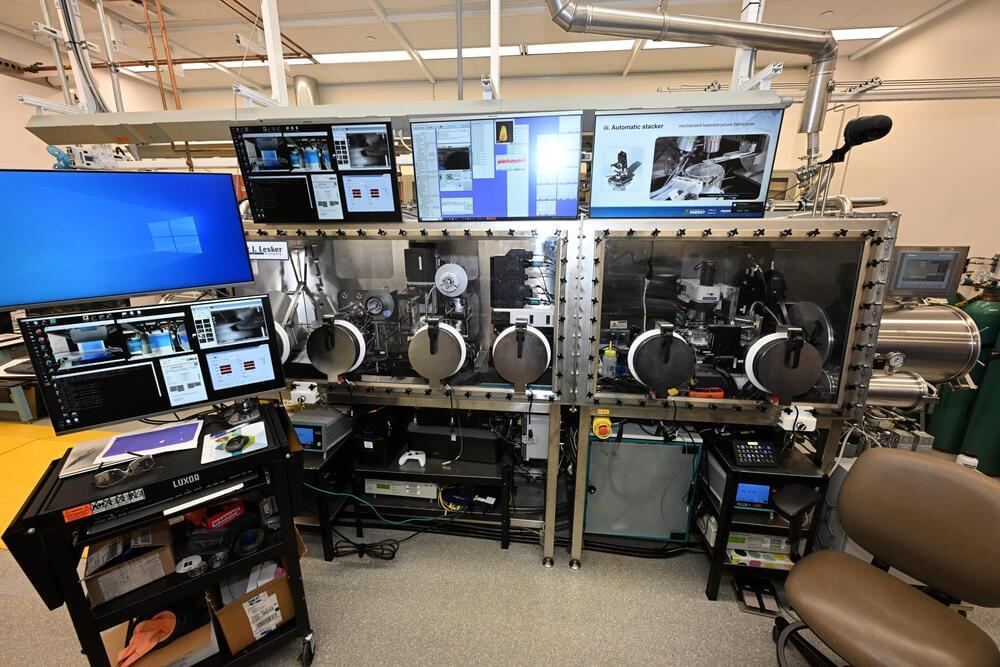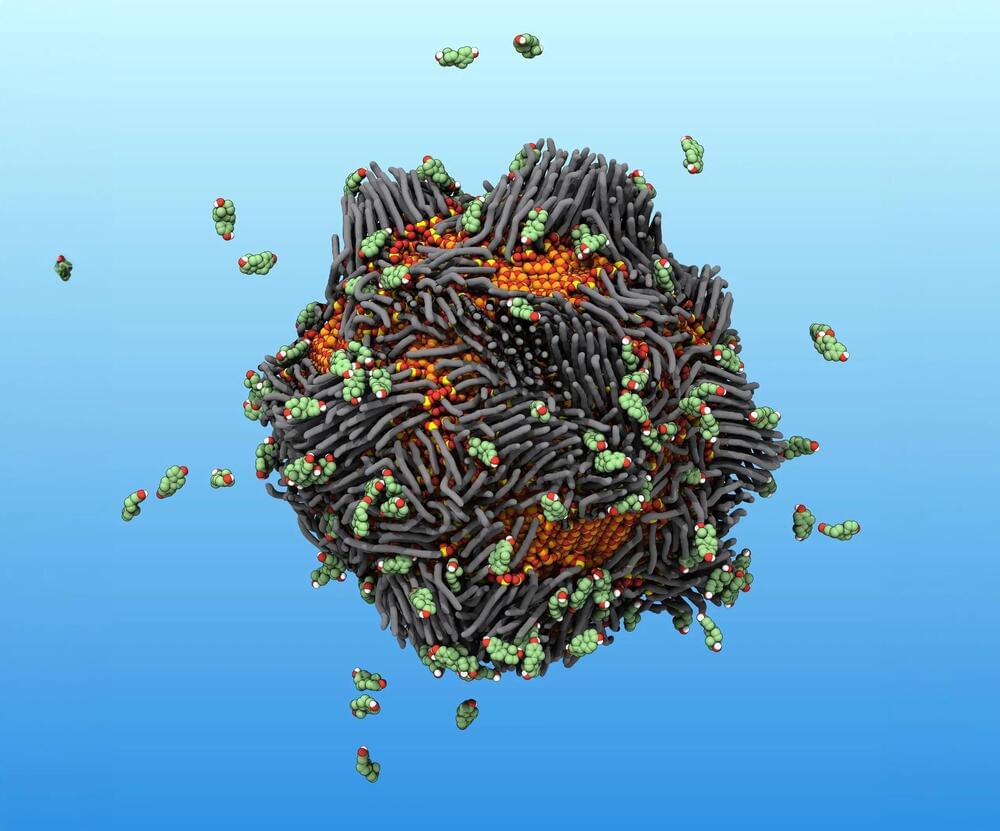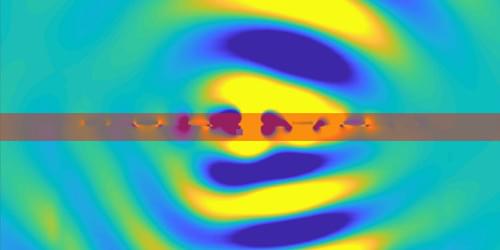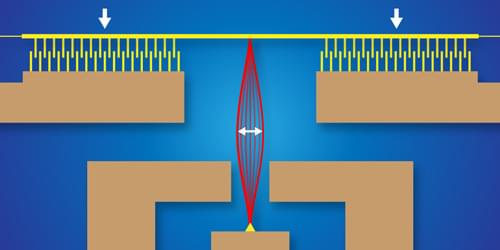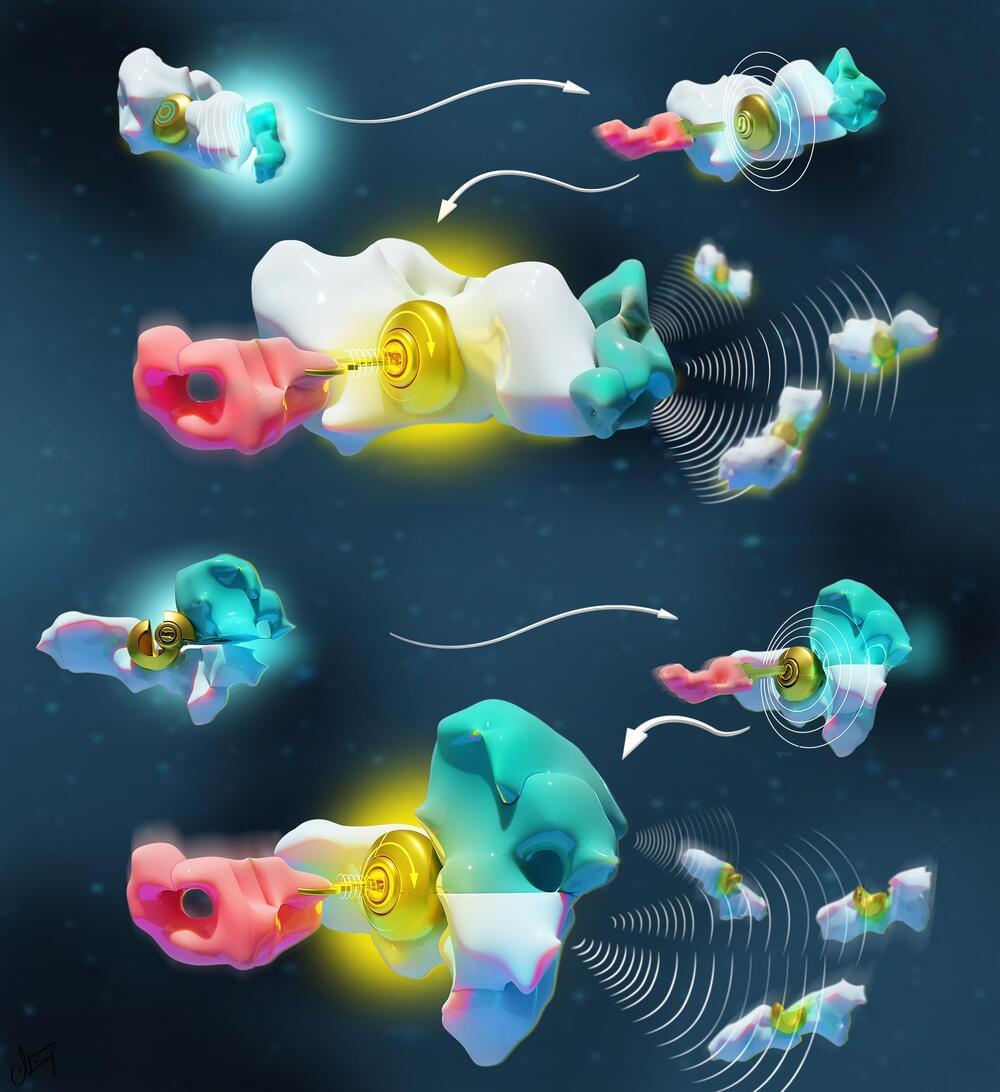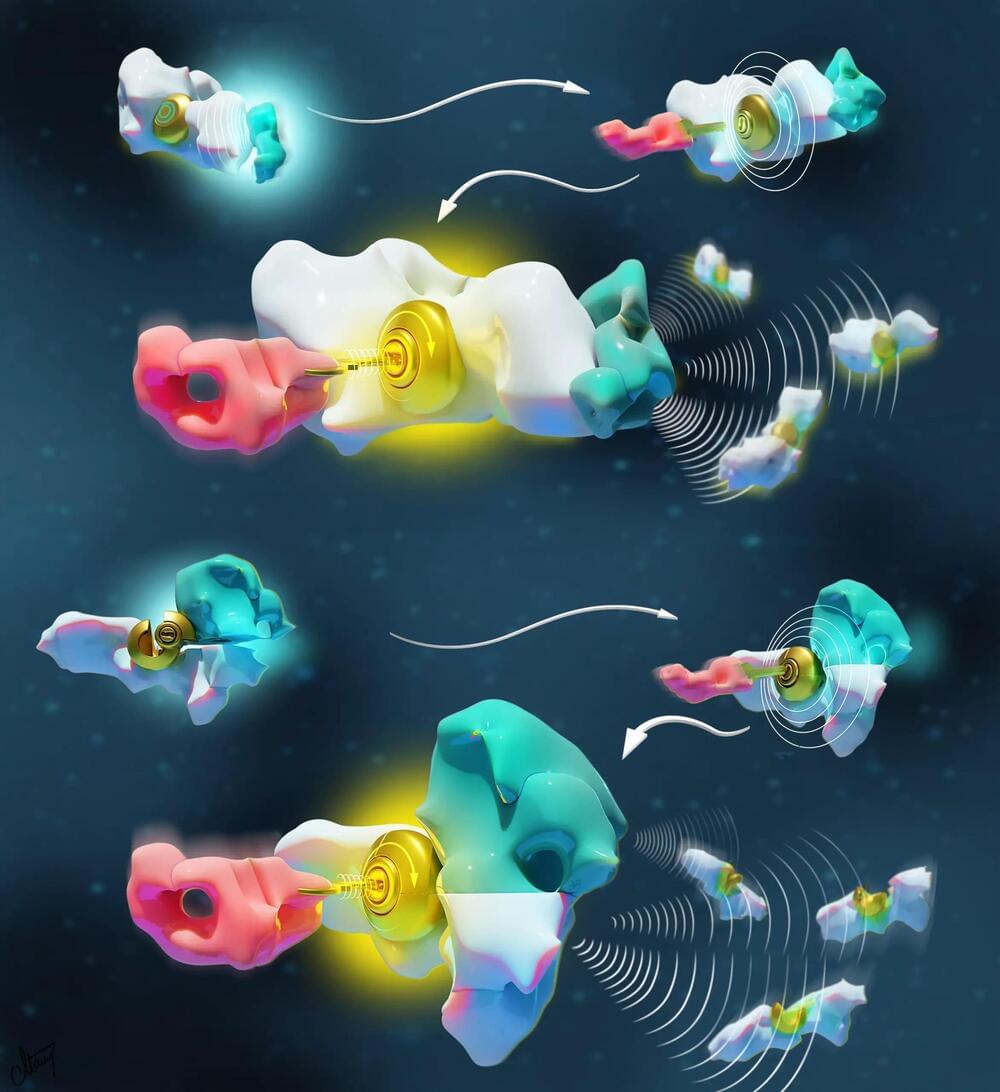The current influenza A vaccines utilize surface proteins as antigens, predominantly hemagglutinin. These antigens change each season, requiring new vaccine formulations and annual administration; thus, development of a universal influenza vaccine is a high priority. In an industry-sponsored phase 2a trial, investigators evaluated a recombinant, nanoparticle-based influenza A vaccine candidate containing influenza nucleoprotein (an invariant protein) and designed to elicit cell-mediated immunity. In all, 137 healthy adults (age range, 18–55) were randomized to receive vaccine (180 µg, 300 µg, or 480 µg) or placebo as a single intramuscular injection.
The vaccine elicited mild-to-moderate local and systemic reactogenicity at all active doses. Cell-mediated responses, as measured by nucleoprotein-specific interferon-gamma ELISpot, showed statistically significant increases compared with baseline in all vaccine groups. In addition to polyfunctional CD4 T-cells and increased antibody levels, the higher doses elicited CD8 T-cell responses. Preliminary evaluation of RT-PCR–positive influenza illness among participants was consistent with vaccine efficacy.
This candidate for a universal influenza A vaccine was safe and showed promise to elicit a strong immune-mediated response. Further studies are needed to evaluate protection against infection and disease compared with the currently available products. However, durability of protection will be the key requirement if a single administration of vaccine is to have a long-lasting effect.
